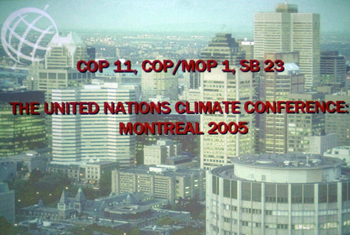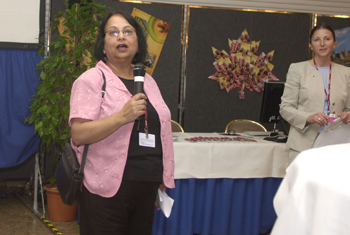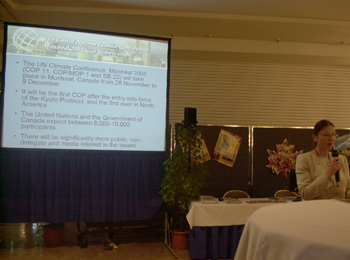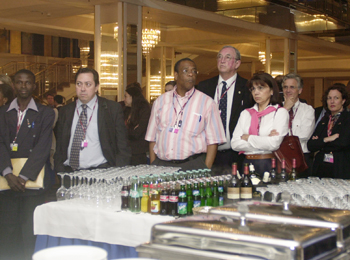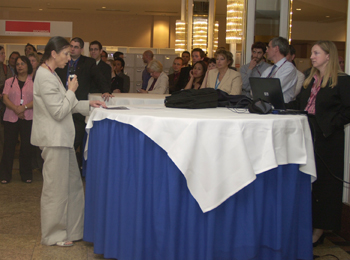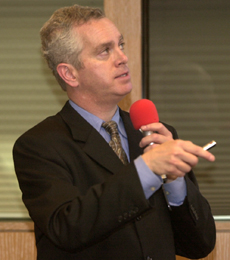William Collins, National Center for Atmospheric Research, introduced simulations for the IPCC’s fourth assessment report (AR4). He presented the Community Climate System Model (CCSM) and explained that the models used for the AR4 have produced realistic predictions and can simulate: mean sea-surface temperatures to within 0.03C; ocean heat uptake to within 25%; and ocean uptake of tracers to within 10%.
Collins outlined climatic effects based on several scenarios for changes in carbon dioxide concentrations for the 21st to 23rd centuries, from a “stabilization” scenario, involving stabilization of carbon dioxide concentrations at 20th century levels, to a “business-as-usual” scenario, involving an increase of 250%. He highlighted: the likelihood of polar amplification; and a 10 to 25cm rise in sea levels from the “stabilization” through to “business-as-usual” scenarios, noting that these projections do not account for ice sheet melting. He also explained that under the “business-as-usual” scenario, there could be no Arctic sea ice during summer time by the end of the 21st century.
Collins then discussed projected climatic changes based on a combined analysis of 12 climate models in the IPCC archive, including: an increase in global surface temperature by 0.5C over the 21st century; an average sea level rise of 10cm; polar amplification; and the possibility of an “El Niño-like signature,” where the eastern Atlantic Ocean warms more than the western part. He noted that the models indicate few statistically significant changes for precipitation other than a slight increase in the strength of the Indian monsoon and a weakening of the US monsoon. He concluded that all the models used for the AR4 predict global warming over the next century and highlighted that the actual effects of global warming are likely to be considerably larger than the committed change.




